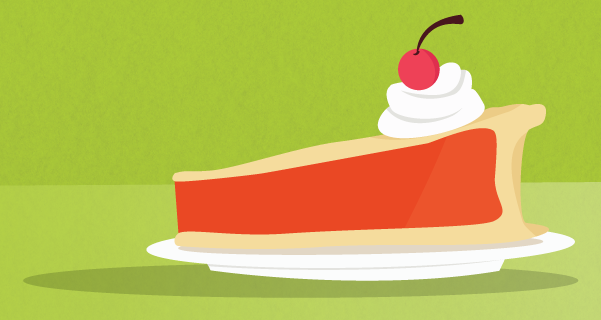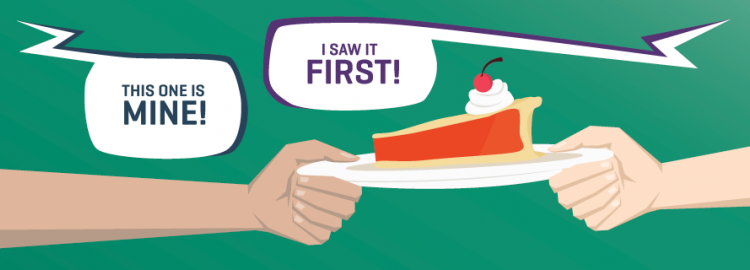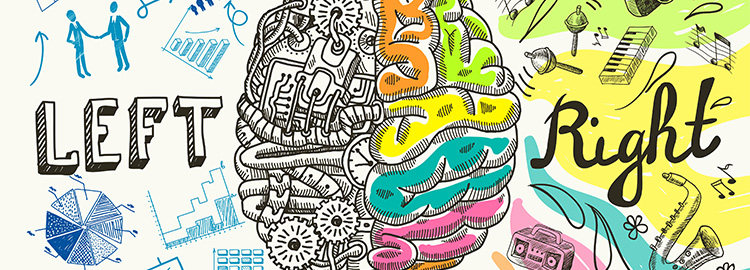We Believe in More Pie
Business Schools tell us to study them. “Study your competitors, try to overcome them, try to do one or two things better than them so as to gain market share,” they preach. This is a “scarcity thinking” mentality. That is, we believe there is a fixed amount of “market” and we all want to get a bigger share of it.
Scarcity and Abundance Thinking
Steven Covey coined the ideas of “Scarcity and Abundance” mentalities. He writes, “The Scarcity Mentality is the zero-sum paradigm of life. People with a Scarcity Mentality have a very difficult time sharing recognition and credit, power or profit—even with those who help in the production. They also have a a very hard time being genuinely happy for the success of other people.”
Covey continues, “The Abundance Mentality, on the other hand, flows out of a deep inner sense of personal worth and security. It is the paradigm that there is plenty out there and enough to spare for everybody. It results in sharing of prestige, of recognition, of profits, of decision making. It opens possibilities, options, alternatives, and creativity.” At Envoc, we are not “scarcity” thinkers, but “abundant” thinkers.
If Envoc is truly an Abundance-thinking company, then you won’t find us battling to share the pie that is called “market share,” you will find us battling to create more pie. One reason we call our creatives, “creative” is that they “create.” They don’t “rearrange” what exists, nor do they “acquire,” “takeover,” or “commandeer”—we create more creative pie. After one month of Envoc creatives crafting their designs, we have not stolen any market share, but rather, the world is 31 designs richer in market share than it was before.
Who is our Competitor?
In our eyes, our prospect’s indecision is our true competitor—not some other company with whom our prospect is comparing us to or who is battling us for market share. That is, we believe our clients have three options under consideration for their project: a) Do the project themselves, b) don’t do the project at all or c) work with Envoc to do the project. We don’t mention, think of, or bring up our competitors unless our client does. If they do, we acknowledge the existence of the competitor and praise them as a good company, but that is not why we are around the table in the conference room. Our strategies are belief, values and “better reality” driven. So, “who is our competitor?” It really doesn’t matter.


